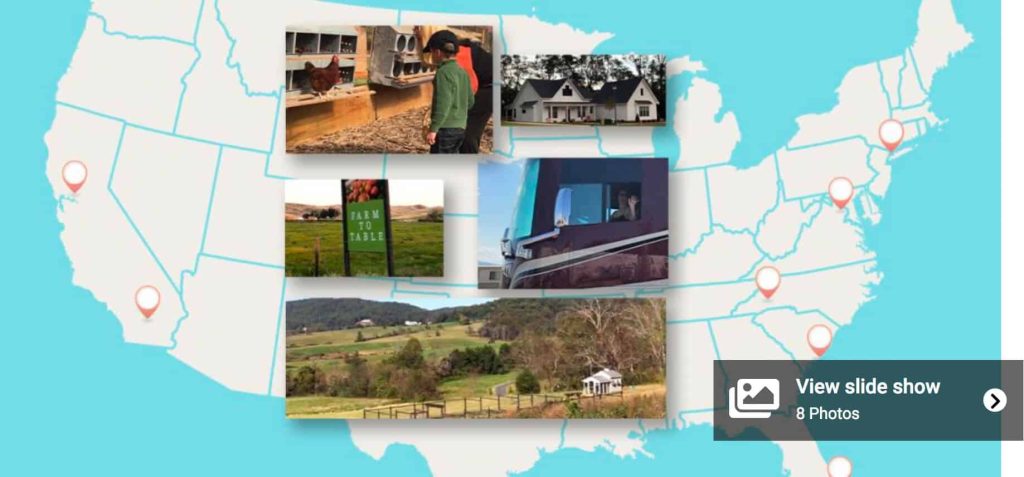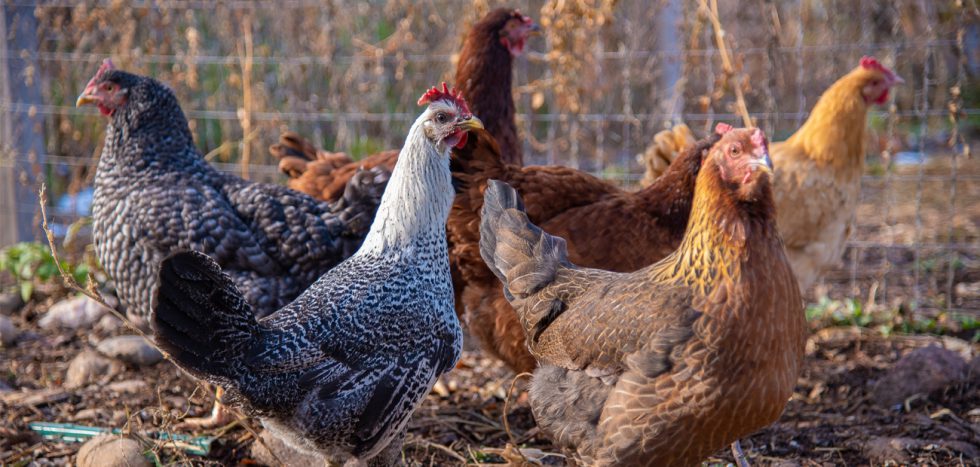
June 11th, 2019
Agrihoods Feed Buyer Interest With Hip Amenities
Original article by Barbara Ballinger for Realtor Magazine >
Arden, Palm Beach County, Florida

Set on 1,209 acres west of West Palm Beach, Fla., Arden is South Florida’s first agrihood with a 5-acre farm serving 2,000 planned homes, along with a community barn. Residents receive a regular share of what the farm produces at no extra cost. Developed by Freehold Communities based in Boston, the farm is supervised by two full-time directors with backgrounds in organic farming, who oversee the planting and growing of more than 50 varieties of fruits, vegetables, herbs, and flowers. They also conduct classes in the barn on topics from organic gardening to flower arranging, and give food demonstrations. The property also includes parks, playfields, greenways, 20 miles of nature trails for walking and bicycling, and lakes for fishing, kayaking, or canoeing.
Miralon, Palm Springs, California
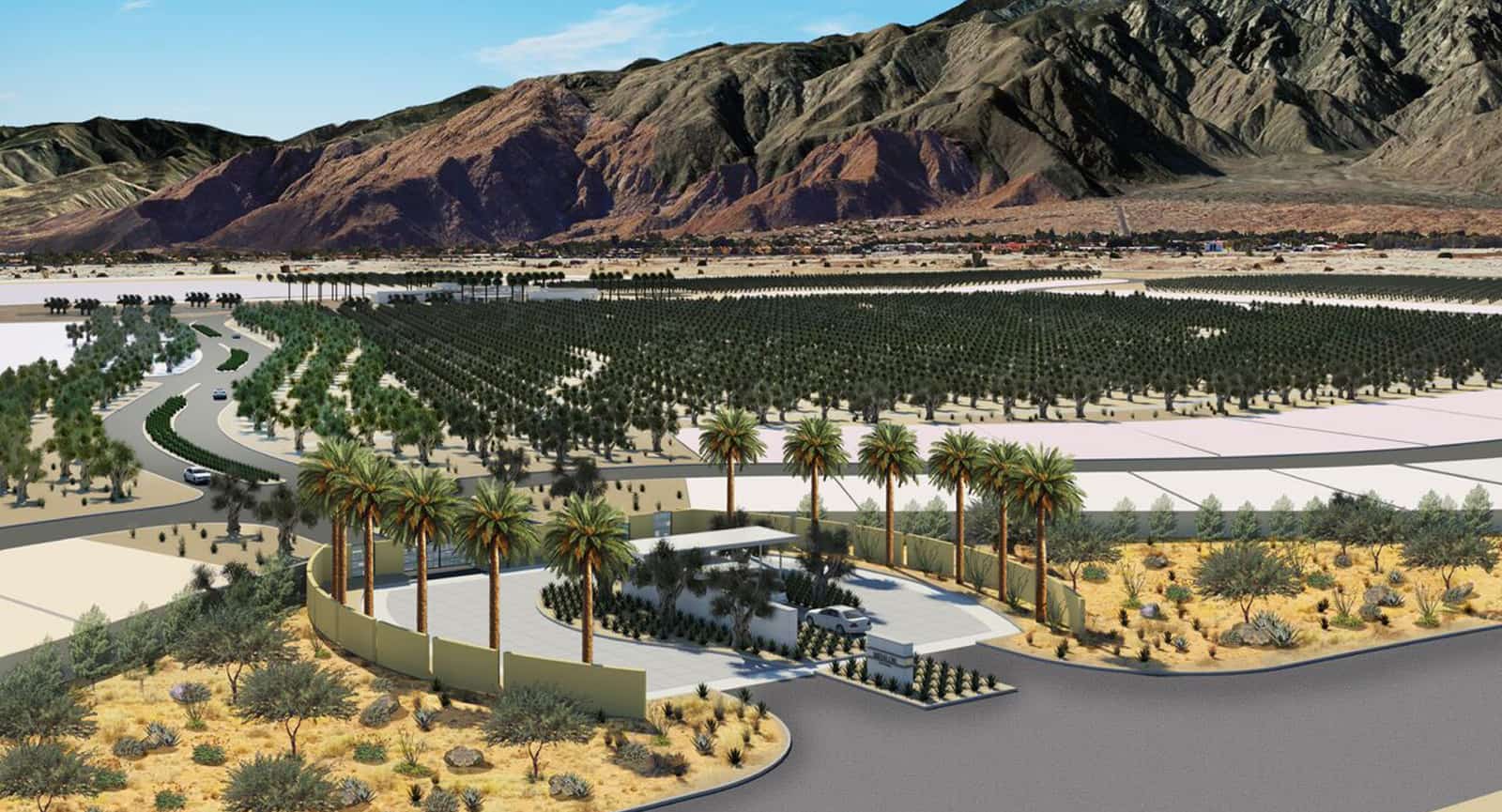
Also under development by Freehold Communities, this agrihood represents the transformation of a master-planned community never completed and an 18-hole golf course that was finished but never played. The 300-acre property is reemerging as 1,150 home sites with mid-century modern design, a clubhouse, walking trails and parks, community gardens, and olive and citrus groves. More than 7,000 olive trees are being planted on 70 acres, which will be harvested and bottled as olive oil. A portion of the yield will be sold on site to area residents and visitors, and may be available in markets Residents will also be able to pick fruit from 300 citrus trees. Completion is expected by 2026.
A growing interest in eating locally produced healthy food has more homeowners welcoming farm-style living in their backyard.
Blame it (again) on millennials, who are so taken with what they eat that they Instagram meals, binge-watch cooking shows, and plan vacations around coveted reservations at famous restaurants. Now, they’re taking food into account when making their homebuying decisions.
Welcome to the agrihood concept, which might appeal to your food- and conservation-minded buyers. These agriculture-based communities are constructed around a farm with the idea of having access to freshly grown produce nearby. The Urban Land Institute estimates there are now 140 agrihood developments in the U.S.
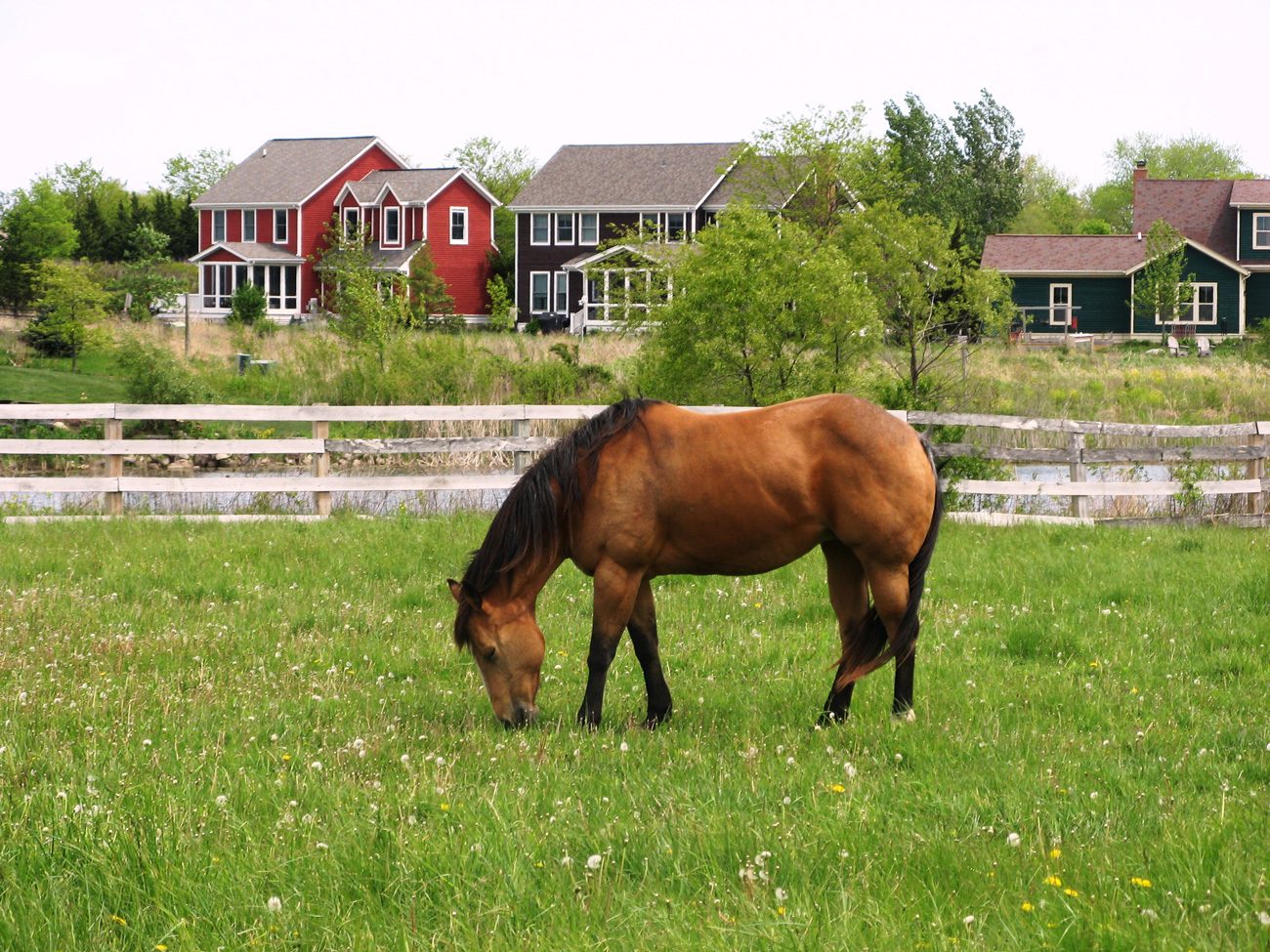
Pasture in Prairie Crossing. © Liberty Prairie Foundatio
The Concept in Action
Developers George and Vicky Ranney are credited with creating the first agrihood in the early 1990s—a 100-acre certified organic farm called Prairie Crossing in Grayslake, Ill., outside Chicago. The development includes 360 homes and 36 condos, as well as an environmentally friendly charter school and barn and a historic barn that was converted into a community center.
Farming there is practiced at three separate operations: a for-profit family farm (Prairie Wind Family Farm), five-acre incubator plots that new farmers can lease for five years to gain experience without investing significant capital, and a program for high school students to learn to farm, cook, and sell their own produce.
To help their farm concept succeed and support the community’s ideals, the Ranneys founded the Liberty Prairie Foundation, a nonprofit that owns and manages the farmland, organizes community programs, and carries out educational activities at the farm, according to Nathan Aaberg, the organization’s director of conservation and working lands.
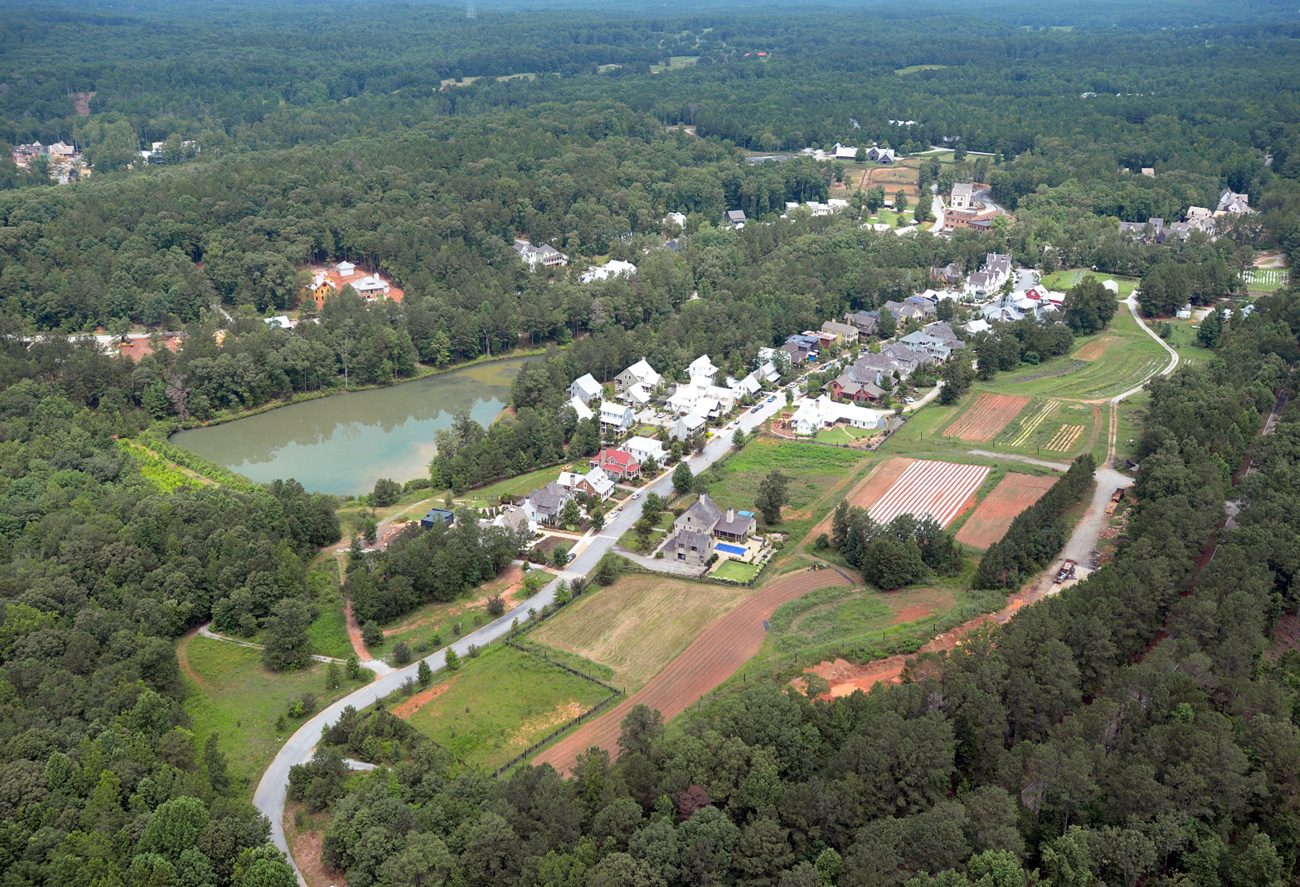
Aerial view of Serenbe. © Serenbe
Serenbe, another well-known agrihood located outside Atlanta, came to fruition after founders Steve and Marie Nygren and their three young daughters started weekending in South Fulton County’s hill country in the early 1990s. They began to extend their weekends, then decided to buy land—and more land—eventually creating a farm with a surrounding development where others could live. They broadened the concept to make the development a biophilic community—a place that embraces the connection between people and nature.
Serenbe now includes 700 EarthCraft-certified sustainable houses, with 70 percent of the development’s 1,200 acres set aside for conservation, trails, and crosswalks—some dotted with blueberry bushes. There’s 25 acres for the organic farm, as well as restaurants, shops, art facilities, a swim club, and an inn. Most recently, the Nygrens, along with their now-adult daughters who work in the business, partnered with the Rodale Institute to start a southeastern research center encouraging other independent farms. They also recently completed a $250 million mixed-use neighborhood addition called Mado.
Proof of Serenbe’s success is the number of developers who come to study its model. “Placemaking, our consultancy, shares our biophilic principles with developers, land owners, and policy makers to successfully create communities of vitality and well-being,” says Steve Nygren, founder and CEO.
Due to the country’s current food obsession, ULI predicts no letup in agrihood momentum, says Ed McMahon, ULI senior resident fellow who has helped the organization publish several reports on agrihoods. Most recently, its 2018 “Agrihoods: Cultivating Best Practices” report explains the reasons for the trend and its benefits. “An agrihood can help a community set itself apart by its real estate choices,” McMahon says. “Growing, preparing, and eating food is important as a social activity, and it’s replacing certain more expensive and less used amenities, such as golf courses.”
Even outside of agrihoods, communities across the U.S. have seen a fivefold increase in farmers markets, a doubling of craft breweries, and an exploding locally owned food truck phenomenon, McMahon points out. Agrihoods take those trends to the next level.
Structure of Agrihoods
The current model of having a skilled farmer on site improves the odds for successful crop production, offers lessons for those who want to learn farming or feel disconnected from food production, and removes barriers for those who want access to products but don’t intend to operate a farm themselves, says Sarah Cramer, Ph.D., a fellow in sustainable food systems in the Department of Environmental Science and Studies at Stetson University in DeLand, Fla. “Farming is hard work and expensive,” she says.
As the agrihood concept has become more prevalent, it has spread as far as tropical Hawaii, Arizona’s desert, and even urban areas such as New York City, where a hydroponic farm sits atop the roof of the affordable 124-unit Arbor House in the South Bronx. These farms are also not limited to millennial buyers and renters, though they represent the major cohort.
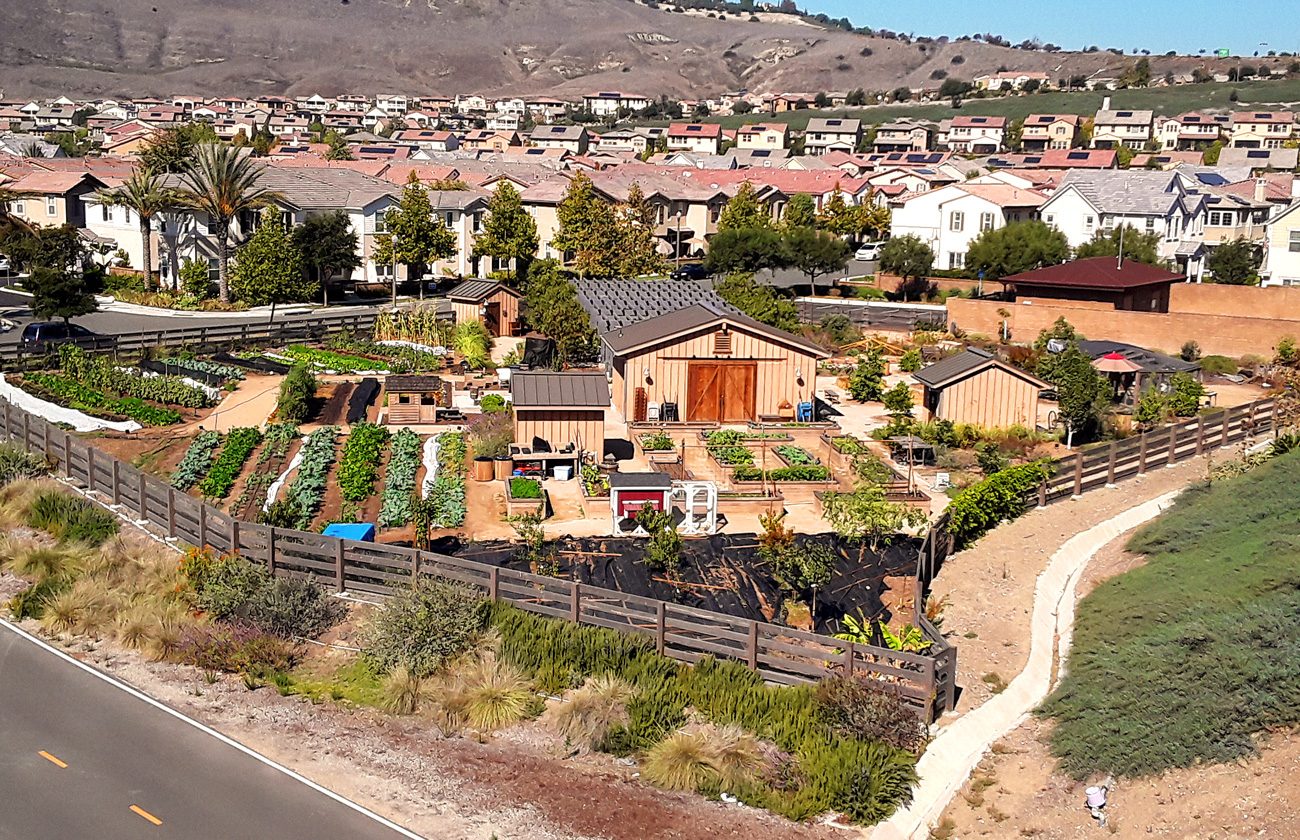
Aerial view of Rancho Mission Viejo. © JD Cernice
Farmscape LLC, an urban farming company based in Oakland, Calif., and Los Angeles, has worked on 700 farms for a variety of clients—corporations, clubs, restaurants, developers, and homeowners. The company has seen a wide age range of buyers interested in its projects. Trellis in Walnut Creek, Calif., developed by home builder Pulte, attracts younger dual-career families who want to eat well but lack time to garden and cook. Rancho Mission Viejo in Viejo, Calif., is geared toward a mix, including retired boomers who have the time to learn and sign up for cooking and gardening classes, says Lara Hermanson, Farmscape principal and co-founder.
Key Aspects of Successful Agrihood Developments
The following six factors should be weighed by buyers or developers when considering an agrihood.
Land use and zoning. The best agrihood developers research their community’s zoning and land use regulations since restrictions might impede on proper infrastructure for growing, irrigation, composting, trash disposal, and outbuildings, according to ULI. Zoning in certain communities may also not permit raising certain animals, how many animals are raised, or hosting commercial events such as a farmers market, food truck gathering, or retail food shops. Some of these features may be the prime reason a home owner decides to buy.
Placement and size. How large the farm is and where it’s located are important. Authors of the report “Building Communities with Farms” from the Liberty Prairie Foundation say the more agrihood developers want to highlight their community’s agricultural character, the more the farm should be the centerpiece of the development and accessible to all residents. But this doesn’t mean it has to be in the center. Sometimes it’s better for farmland and residents to have a bit of separation between them. At Prairie Crossing, the farm was constructed along the community’s western border and serves, in part, as a buffer for a potential new road and existing landfill. The farm should be large enough to produce enough food to make a profit. The choice of crops may affect homeowner interest and costs. For example, four acres of greenhouse or hoop-house production costs more than four acres of community gardens, says Michael Sands, Ph.D., one of the Prairie Foundation authors.
Operation. An organization—whether it’s a nonprofit, independent farm business, or experienced farm manager—needs to oversee crops. They’ll be key in deciding which work best in the soil and appeal most to the homeowner demographic or demand. “Those who live in the community should dictate what’s grown and what food-related programs are organized,” Hermanson says. “Generally, you want to feed about 20 to 25 percent of the households.” Farms need to have enough food production, but not too much, which could saddle a community with excessive costs, she says. Programs should be examined and modified annually depending on residents’ interests and budgets, Hermanson suggests.
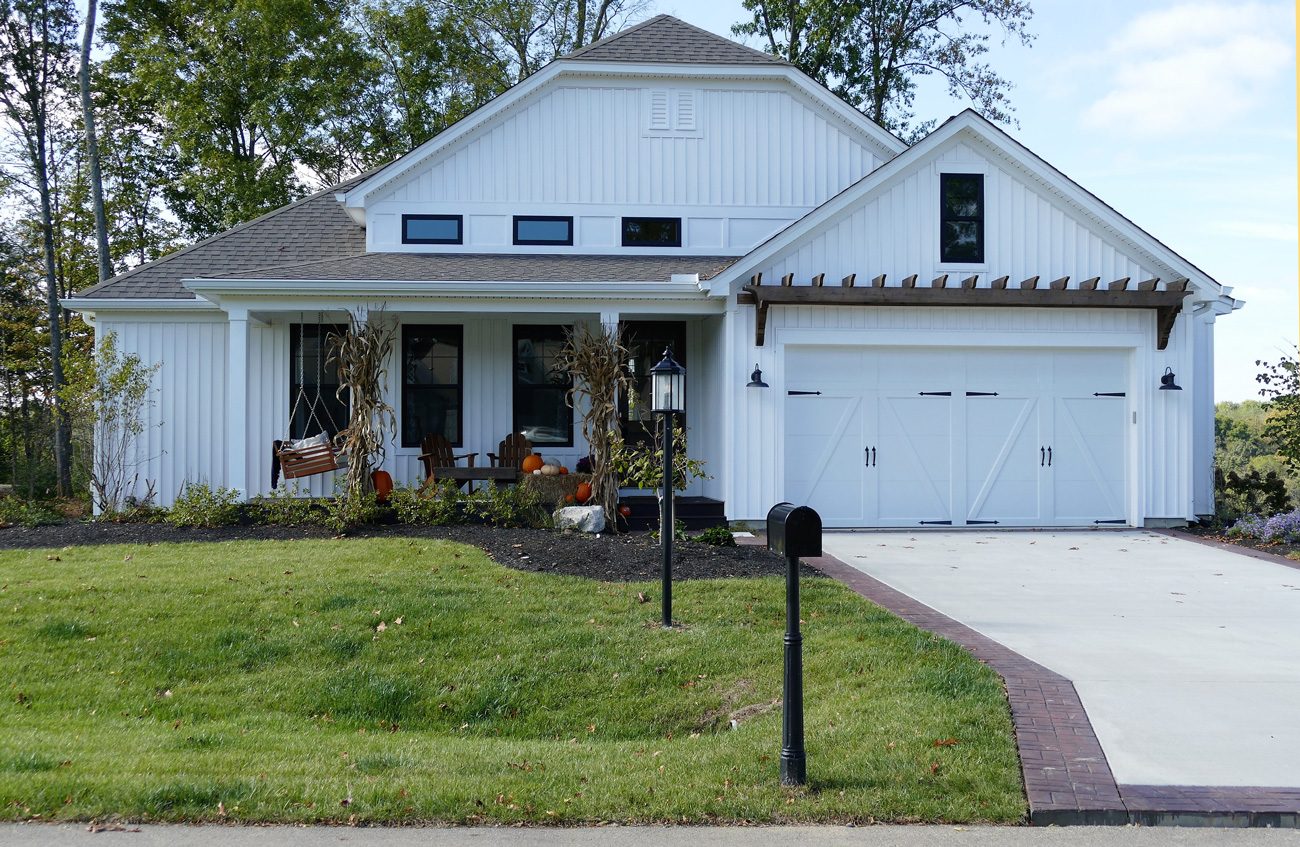
Home in Aberlin Springs. © Aberlin Springs
Yield. As part of its operation, the developer, farm manager, or HOA must decide whether produce will be given or sold to residents. The person or group in charge also needs to determine what happens to leftovers. Such decisions help the farm to sustain itself economically, says Cramer. This is how custom builder Leslie Ratliff, head of Pendragon Homes, helps support the 50-acre farm at her 142-acre Aberlin Springs agrihood in Morrow, Ohio. It’s the site of her family’s farm, and Ratliff started building houses about a year ago. She plans to have a total of 135 homes in three to four years. Currently, outsiders can purchase organic meat, vegetables, and salads since there aren’t yet enough homeowners to support the farm, she says.
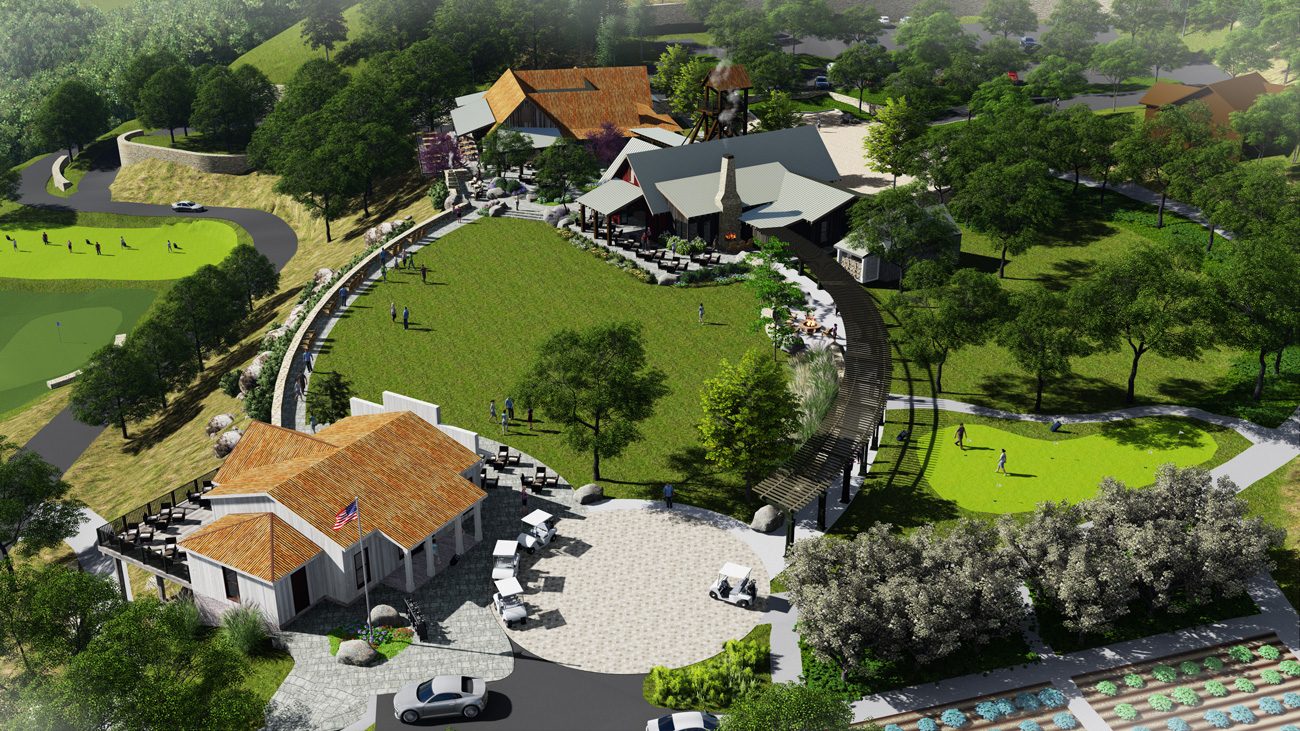
Aerial rendering of Doubletop Village in Balsam Mountain Preserve. © Balsam Mountain Preserve
Education. Having a farm might be just the beginning of a farm-to-table culture that gives back. Many developers or property owners hire full- or part-time staff to teach local residents how to eat healthily and cook. At Balsam Mountain Preserve in Sylva, N.C., its planned Ruby City Farm is a natural progression of the development’s commitment to stewardship of the land, says Joe Dellinger, chief operating officer. “It provides educational opportunities for our owners and, of course, provides food for our mountain. It allows residents the opportunity to engage in our commitment to nature while feeding our neighbors,” he says.
Related activities. Many agrihoods go beyond food to emphasize wellness activities with amenities such as trails to walk and bicycle, buildings for health services, restaurants that serve fresh food, and healthy, sustainable homes to live in.
Nobody can guarantee that farming and food will retain appeal in the residential sector, but McMahon and others believe interest will continue to gain traction among homebuyers. “Food is part of our daily life. You go to a store to buy furniture maybe once a year, but food is what we do daily—usually three times a day,” he says.
